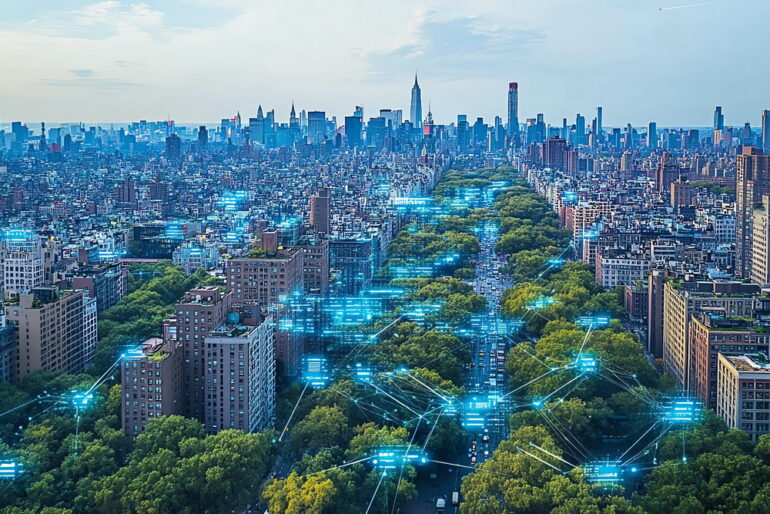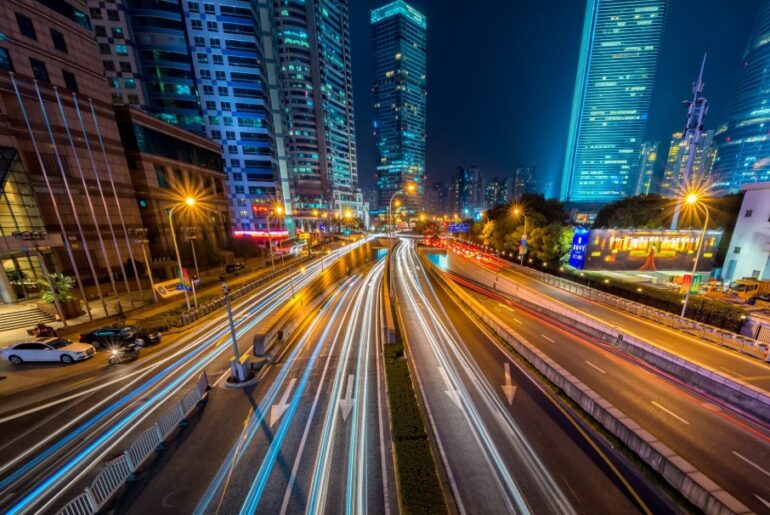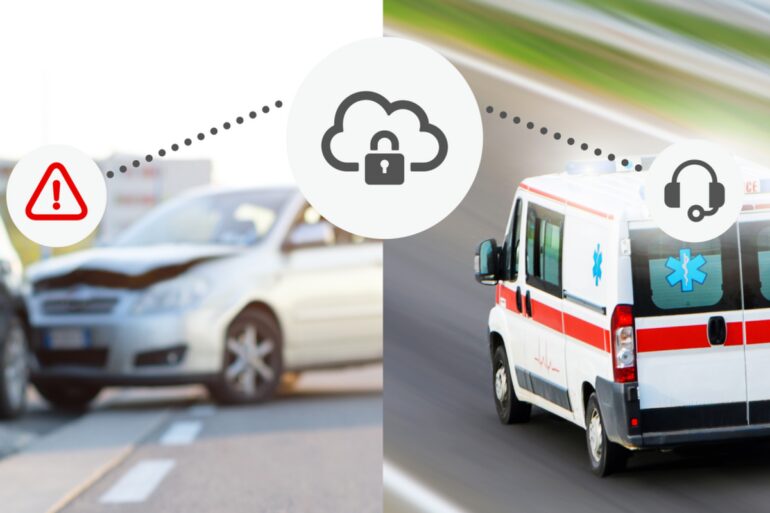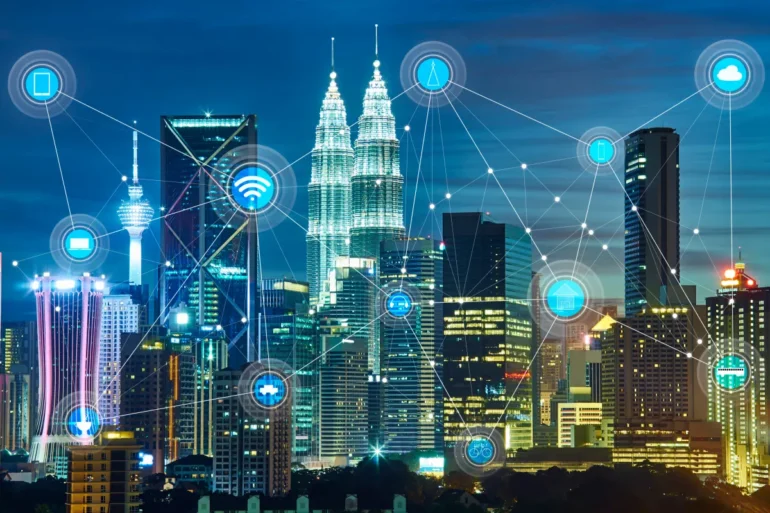
Technology is changing both cities and the way people live in them. Smart cities use different technologies and data to help their residents with a goal of improving how the city works and making life better and easier for those living there.
What Makes a City “Smart”?
A smart city uses devices and sensors throughout to collect all sorts of data. This includes data on traffic, public transportation, electricity use, water use, waste management, and air quality. This data then helps city leaders make better and smarter decisions on how to run the city.
Sensors and Internet of Things devices are placed all around the city. These gadgets use energy management IoT technology to track patterns and usage. According to the experts over at Blues IoT Solutions, the data allows cities to operate much more efficiently. It also helps them better serve residents.
For example, sensors on streets can track traffic patterns and let leaders change stoplight timing to optimize traffic flow while sensors on bridges can identify maintenance issues early. Smart meters can also track detailed home electricity use so the city can adjust power production. The list goes on and on.
Better Traffic and Public Transit
One major goal of smart cities is improving transportation for residents. Traffic congestion wastes time and causes frustration; smart traffic technology can help prevent gridlocked streets.
Sensors monitor major roads throughout the city. The sensor data lets traffic control centers adjust stoplight timing based on traffic needs while other technology identifies traffic tie-ups and suggests alternate routes to drivers. Some cities even have apps that show real-time traffic conditions. This technology helps keep vehicles moving efficiently.
Public transit is also upgraded in smart cities. Buses and subways install sensors to monitor schedules in real time, which allows transit controllers to identify delays quickly and make route adjustments. Some bus stops have digital signs informing riders when the next bus or train will arrive.
Many smart cities are also expanding public transit options. More bike share programs, electric scooter rentals, rideshares, and self-driving shuttles are being added all the time. These new options get more people where they need to go without personal cars.

Resource and Energy Savings
Another major goal of smart cities is saving resources, especially water and electricity. Small changes made by thousands of people add up to big savings. The data also helps cities operate much more efficiently.
For example, smart water meters can identify leaks within houses and buildings. This allows those leaks to get fixed right away instead of wasting thousands of gallons. Usage data also shows people exactly how much water they use for showers, laundry, etc. People tend to cut back when they see the numbers. Cities can use the data to find outdated pipes that need priority replacing.
On the electricity front, smart meters provide very detailed home power usage data. Residents can see what devices and appliances use the most electricity, which allows them to shift when they run items like the dishwasher, laundry machine, or pool pump during lower usage times. The city can also use the mass data to better predict electricity needs throughout the day and year. This helps them purchase and manage electricity resources much more efficiently, resulting in big savings.
Improved Emergency Response
Flooding, fires, gas leaks, and other emergencies happen occasionally in every city. Smart cities use technology to help deal with these emergencies better; response teams can get critical location data automatically and deploy the nearest response units faster.
Sensors in rivers and low-elevation areas instantly identify rising flood waters. Emergency managers know which areas need evacuating first. Fire sensors in homes, offices, and industrial buildings identify smoke and flames quickly so firefighters can respond faster. Gas line sensors alert utility companies immediately when leaks occur, allowing remote shut-off.
In many smart cities, public Wi-Fi and communication networks stay operational during power failures. This allows residents and emergency crews to stay connected when they need it most.

Better Quality of Life for Residents
At the end of the day, city leaders pursue the smart city model primarily to improve the quality of life for residents. Applying technology and data to run the city better provides many ongoing benefits that people appreciate.
With improved transportation options, people spend less time stuck in traffic and have more reliable public transit. Resource savings mean lower bills for utilities like electricity and water while quick emergency response times mean fewer injuries and less property damage when disasters strike.
In addition, smart city technology provides many conveniences that make daily errands and commuting easier. Main streets and public parks have free public Wi-Fi so people can access the internet, and smart streetlights brighten automatically when pedestrians are present and dim when no one is around. Interactive kiosks provide city maps, directions, and other visitor information. The list goes on.
Apps allow residents to do many tasks like reporting potholes or code violations from their phones. They can also access real-time public transit schedules, reserve park shelters for events, etc. Living in the efficiency of a smart city saves people time, frustration, and money.

Conclusion
Cities all over the world are making investments to become “smarter” year by year. Technology will soon become deeply embedded in the lives of city residents. Homes, vehicles, public spaces, and services will all leverage data and connectivity to improve efficiency and quality of life.
Early adopters are already seeing the benefits of lower costs, saved time, and greater convenience. As more data platforms and integrated operating networks launch, smart cities will really begin to deliver on promises to residents. Urban planners and technology companies still have many ideas and innovations to explore that will unfold over time.
It is an exciting time to follow this smart city trend that is transforming modern urban living spaces. The cities of the future are taking shape now. Tomorrow’s cities will fully embrace technological innovations to serve people better. Urban dwellers who choose smart cities stand to gain safer streets, faster commutes, lower bills, a cleaner environment, and much more. The advancements make urban living easier and more enjoyable than ever before.
